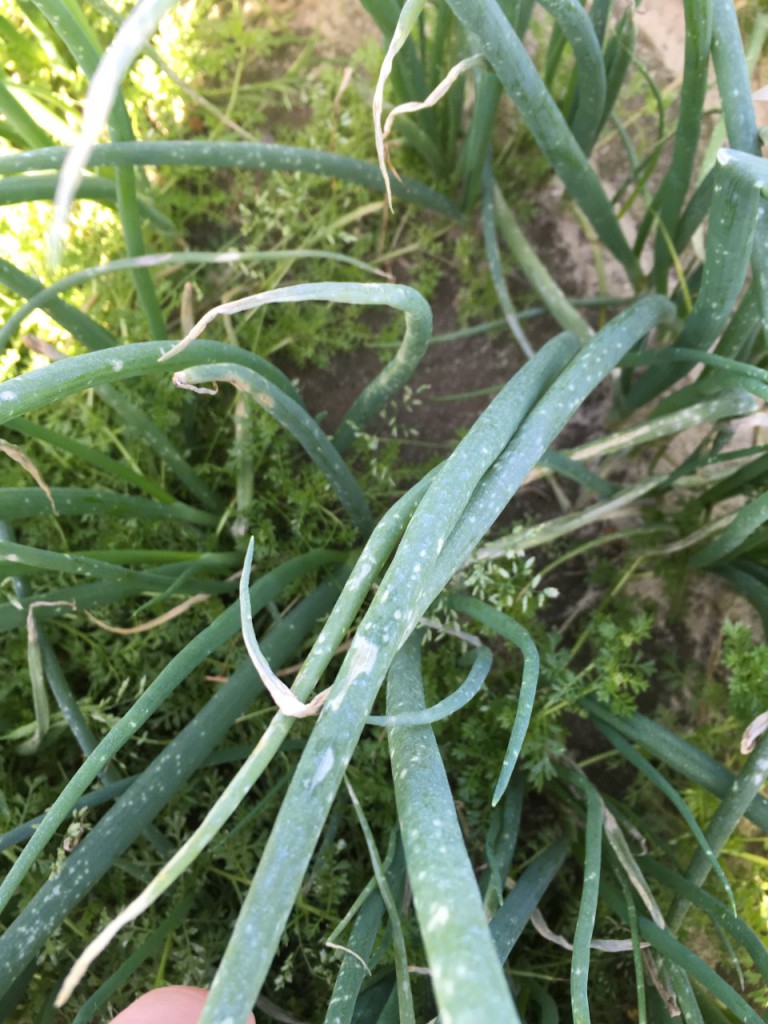
By Clint Thompson
The management strategies for onion diseases remain the same for Georgia’s Vidalia onion growers heading into next season.
Growers need to stay vigilant in their spray programs against fungal and bacteria diseases, says Bhabesh Dutta, University of Georgia Cooperative Extension vegetable disease specialist.
“Onion is a six-month crop, and Vidalia onions are also stored for a few months post-harvest. If you add everything, it’s going to be an eight-to nine-month crop. Whatever management you do in the field will translate into the quality of the bulb pre-harvest and also in storage,” Dutta said. “Good onions that go in storage will have better chance of retaining quality in storage. Whatever management practice that you do that can give you high-quality bulb at harvest will improve your storability”.
Botrytis leaf blight, Stemphylium leaf blight, purple blotch and general storage rot remain the main diseases that growers encounter every season. Dutta admits, though, fungal diseases are comparatively easier to manage than bacterial diseases, such as center rot and sour skin.
Dutta recommends relying on “UGA Onion Fungicide and Bactericide Spray Guide” and also with your local county Extension agent and the Area Onion Agent for specific disease issues and recommendations. Dutta routinely collaborates with the extension agents and the Area Onion Agent for evaluation of disease management strategies that aid in improving the “UGA Onion Fungicide and Bactericide Spray Guide.”
Weather conditions this past spring favored onion development and limited disease pressure. The dry and cold period from mid-March until mid-April led to a limited amount of disease formation. The result was a great crop for Georgia producers.
“We did not see much disease. This was one of the best-looking onion crops that we’ve had compared to the last four or five years,” Dutta said.









